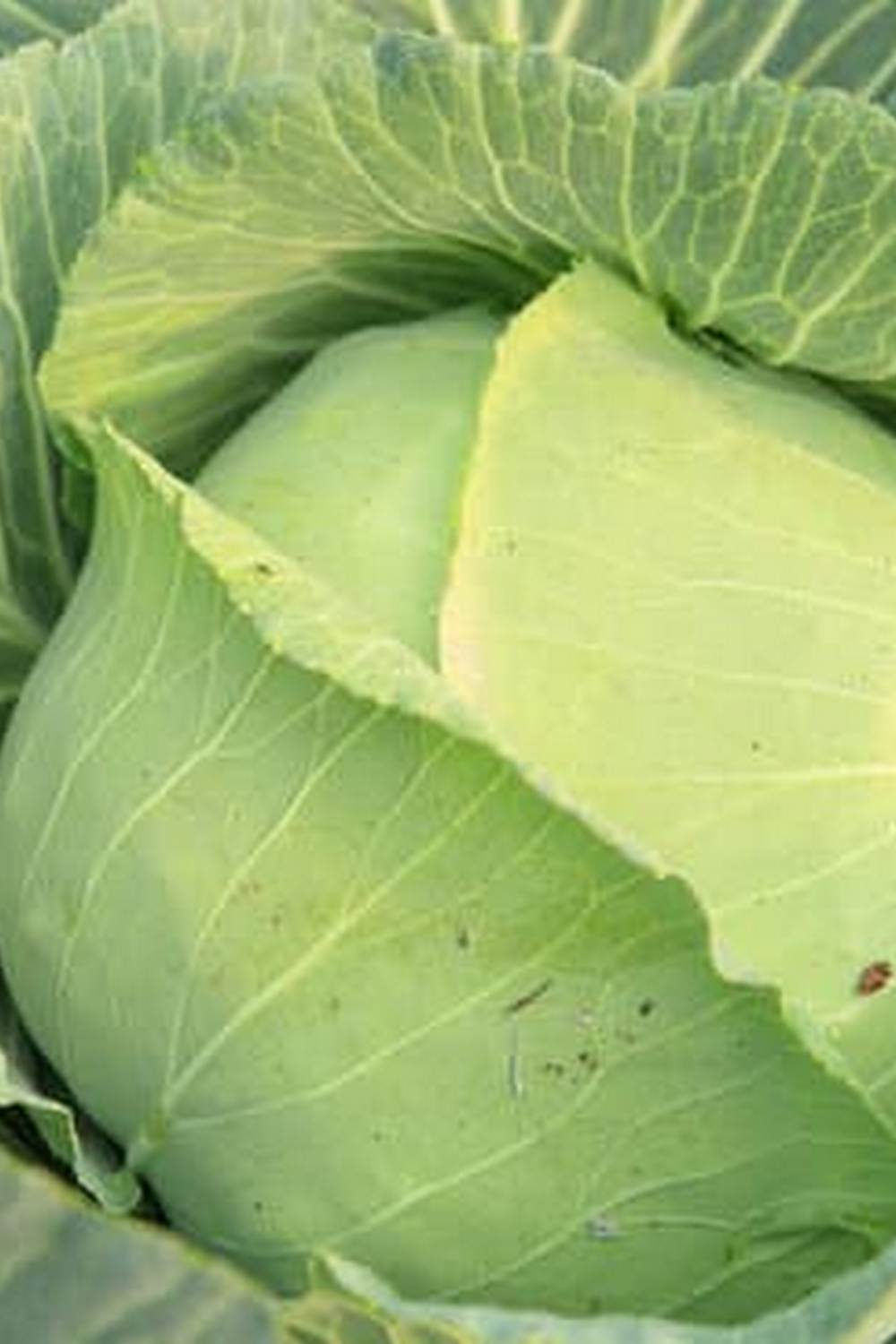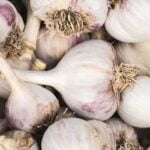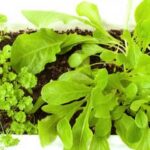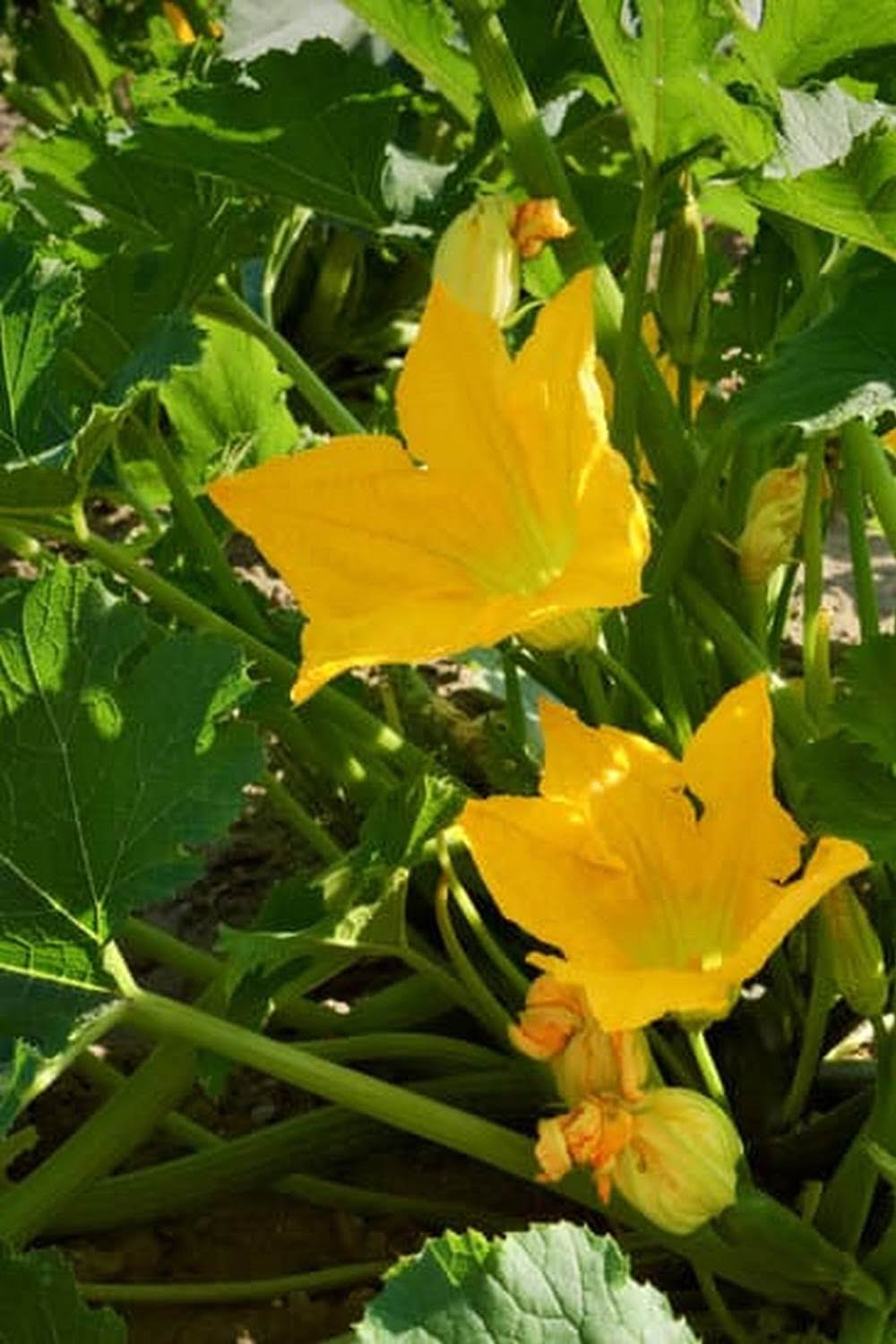Are you a beginner in vegetable gardening and wondering, “Do vegetable gardens need potting soil?” Soil is a crucial component in the success of any garden, especially when it comes to growing vegetables. In this article, we will delve into the importance of soil in vegetable gardening and explore whether potting soil is necessary for your garden.
The type of soil used in vegetable gardening plays a significant role in the growth and development of plants. One common query among gardeners is whether using potting soil is essential for their vegetable gardens. This article aims to provide an in-depth understanding of the role of potting soil in vegetable gardening and its alternatives, helping you make an informed decision for your garden.
We will begin by defining potting soil and its components, highlighting the benefits it offers to plant growth. Additionally, we will explore different types of soil suitable for vegetable gardening, including organic soil, compost, and potting soil. By the end of this article, you will have a comprehensive understanding of the various options available to determine what works best for your vegetable garden.
Understanding Potting Soil
Potting soil is a specially formulated growing medium that is designed to provide the best environment for plants in containers. Unlike garden soil, it does not compact over time, allowing roots to spread and access water and nutrients more effectively. Potting soil typically consists of a mixture of organic matter, such as peat moss or coconut coir, and inorganic material like perlite and vermiculite. These components ensure good drainage, aeration, and moisture retention, which are essential for healthy plant growth.
One of the main benefits of using potting soil in vegetable gardening is its ability to provide sufficient nutrients for plants to thrive. Many potting soils also come with added fertilizer that can support vegetable plants throughout their growth cycles. In addition to this, potting soils are sterile and weed-free, minimizing the risk of introducing pests or diseases into the garden.
Furthermore, potting soil allows gardeners to have more control over the quality of the growing medium for their vegetables. This is especially important if you live in an area with poor native soil or if you are gardening in containers where there is no natural access to nutrient-rich earth. With potting soil, you have the assurance that your plants are getting the best start possible towards a successful harvest.
| Potting Soil Benefit | Explanation |
|---|---|
| Good Drainage | Prevents water from pooling around roots |
| Aeration | Allows roots to access oxygen efficiently |
| Nutrient Retention | Ensures essential minerals are available to plants |
Types of Soil for Vegetable Gardens
When it comes to vegetable gardening, choosing the right type of soil is crucial for the success of your plants. There are several different options available, each with its own benefits and considerations. Organic soil is a popular choice among gardeners due to its natural composition and high levels of nutrients.
This type of soil is rich in organic matter, which provides essential nutrients to vegetables as they grow. Compost is another excellent option for vegetable gardens, as it offers a sustainable way to improve soil fertility and structure.
However, one of the most widely-used types of soil for vegetable gardens is potting soil. Potting soil is specifically designed to provide optimal growing conditions for plants. It is typically a mixture of organic materials such as peat moss, vermiculite, and perlite, which promote proper drainage and aeration while retaining essential nutrients. Additionally, potting soil is free from weed seeds and harmful pathogens that can affect plant health.
In summary, while there are various types of soil suitable for vegetable gardening, potting soil stands out as an ideal choice due to its unique blend of beneficial components that foster healthy plant growth. Its ability to facilitate better drainage and aeration while maintaining essential nutrients makes it an indispensable component in any vegetable garden. Whether purchased or homemade, incorporating potting soil into your gardening routine is sure to yield bountiful harvests.
| Soil Type | Benefits |
|---|---|
| Organic Soil | Rich in organic matter and nutrients. |
| Compost | Sustainable way to improve soil fertility and structure. |
| Potting Soil | Promotes proper drainage and aeration while retaining essential nutrients; free from weed seeds and harmful pathogens. |
Benefits of Potting Soil
When it comes to vegetable gardening, the type of soil used can significantly impact the success of the plants. While there are various options for soil in vegetable gardens, potting soil offers specific advantages that contribute to healthier and more productive crops. Understanding these benefits can help gardeners make informed decisions about the type of soil to use in their vegetable gardens.
Improved Drainage
One of the key advantages of using potting soil in vegetable gardens is its superior drainage capabilities. Potting soil is designed to be well-draining, allowing excess water to move through the soil and out of the root zone. This is especially beneficial for vegetables that are susceptible to rot or fungal diseases caused by overwatering. The improved drainage provided by potting soil helps maintain healthy root systems and prevents waterlogged conditions that can harm plant health.
Enhanced Aeration
Another important benefit of potting soil is its ability to provide enhanced aeration to the roots of vegetable plants. The structure of potting soil allows for ample air pockets within the soil, promoting oxygen flow to the roots and facilitating better respiration for the plants. Improved aeration supports robust root development and overall plant growth, making potting soil an ideal choice for establishing healthy vegetable gardens.
Efficient Nutrient Retention
Potting soil is formulated not only for optimal drainage and aeration but also for efficient nutrient retention. The blend of organic materials in potting soil helps hold essential nutrients near the root zone, ensuring that vegetable plants have access to the nourishment they need for vigorous growth and abundant harvests. This characteristic makes potting soil particularly beneficial for container gardening, where regular watering can lead to leaching of nutrients from traditional garden soils.
Homemade Potting Soil Recipes
Homemade Potting Soil Recipes
Creating your own potting soil at home can be a cost-effective and environmentally friendly option for vegetable gardening. By using organic materials like peat moss, vermiculite, and perlite, you can customize the soil to meet the specific needs of your plants.
Peat Moss Recipe
One popular homemade potting soil recipe involves a mix of peat moss, vermiculite, and perlite. Peat moss is an excellent choice for retaining moisture and improving soil structure. To create this recipe, combine equal parts of peat moss, vermiculite, and perlite in a large container. Mix the ingredients thoroughly until well-combined, then use the mixture to fill your garden containers or beds.
Vermiculite and Perlite Recipe
Another DIY potting soil recipe involves using vermiculite and perlite to improve drainage and provide aeration for plant roots. To make this recipe, mix 2 parts vermiculite with 1 part perlite in a large container. Blend the components together until evenly distributed, and then use the mixture as needed in your vegetable garden.
By utilizing these homemade potting soil recipes, you can ensure that your vegetable plants have access to nutrient-rich and well-draining soil that is tailored to their specific needs. Additionally, creating your own potting mix allows you to have better control over the quality of the soil used in your garden.
How to Use Potting Soil in Vegetable Gardens
When using potting soil in vegetable gardens, it is important to understand the step-by-step process of incorporating it into the garden. Follow these simple guidelines to ensure successful growth and healthy plants:
- Mixing the Potting Soil: Before filling your containers or garden beds, it’s essential to mix the potting soil thoroughly. This can be done by combining the potting soil with other organic materials such as compost, peat moss, or perlite. The goal is to create a well-balanced mix that provides proper drainage and aeration for the plants.
- Filling Containers: When using potting soil in containers for vegetable gardening, start by selecting appropriate-sized pots with drainage holes at the bottom. Fill the containers with the pre-mixed potting soil, leaving enough space at the top for watering. Gently pat down the soil to remove any air pockets.
- Transplanting Seedlings: If you are transplanting seedlings into your garden beds or containers, make sure to dig holes that are deep enough to accommodate the plant’s root system. Once in place, carefully backfill with potting soil around the roots and gently pat down to secure the plant.
Incorporating potting soil into your vegetable garden requires careful consideration and attention to detail. By following these steps, you can ensure that your plants have a healthy environment in which they can thrive. Remember that proper watering and regular maintenance are also essential for successful vegetable gardening when using potting soil.
Alternative Soil Options
When it comes to vegetable gardening, potting soil is not the only option for successful plant growth. There are several alternative soil options that can be just as effective, if not more so, depending on the specific needs of your garden. Here are some alternatives to potting soil for vegetable gardens:
- Raised Beds: Raised beds are a popular alternative to traditional in-ground gardening. They allow for better control over soil quality and drainage while also providing a barrier against pests. By using a combination of topsoil, compost, and other organic materials, you can create a nutrient-rich environment for your vegetables to thrive.
- Container Gardening: Container gardening is another excellent alternative to using potting soil directly in the ground. It provides flexibility in terms of placement and allows you to customize the soil mix for each individual plant. This method is especially useful if you have limited space or poor soil quality in your yard.
- Amending Existing Soil: If you already have soil in your garden but it lacks the necessary nutrients for growing vegetables, amending it with organic matter can improve its quality. Compost, aged manure, and other natural additives can be mixed into the existing soil to enhance its fertility and structure.
Each of these alternative options offers unique benefits and considerations, so it’s important to assess your specific gardening needs before deciding which one is right for you. Whether you decide on raised beds, container gardening, or amending existing soil, there are many ways to create a thriving vegetable garden without relying solely on potting soil.
Conclusion
In conclusion, while there are various types of soil suitable for vegetable gardening, potting soil does offer unique benefits that can contribute to the successful growth of vegetables. The specific advantages of using potting soil, such as improved drainage, aeration, and nutrient retention, make it a valuable option for gardeners looking to optimize their vegetable gardens. Additionally, the availability of homemade potting soil recipes allows individuals to create their own customized soil blends using organic materials.
It is important to note that while potting soil can be highly beneficial for vegetable gardens, there are also alternative options to consider. Raised beds, container gardening, and amending existing soil are all viable alternatives that may suit the specific needs and preferences of different gardeners.
Ultimately, the decision on whether vegetable gardens truly need potting soil depends on factors such as the specific vegetables being grown, the existing soil conditions in the garden, and the gardener’s individual goals and resources.
In light of this information, it can be concluded that while potting soil is not an absolute necessity for successful vegetable gardening, it does offer valuable advantages that can contribute to healthy plant growth. Whether choosing to use potting soil or exploring alternative options, the most important aspect is providing the right growing medium that supports the development and well-being of vegetables in the garden.
Frequently Asked Questions
What Soil Is Best for Vegetable Garden?
The best soil for a vegetable garden is one that is well-draining, rich in organic matter, and nutrient-dense. A loamy soil with a good balance of sand, silt, and clay is ideal for most vegetables as it provides good drainage while retaining moisture and nutrients.
Why Can’t You Use Potting Soil in the Garden?
Potting soil is not ideal for outdoor garden use because it is specifically formulated for use in containers. It may not have the proper structure or composition to support the needs of plants in an outdoor garden setting.
In addition, potting soil may contain ingredients like peat moss or perlite that can be harmful to garden soil or disrupt its natural ecosystem.
What Is the Best Soil Mix for Container Vegetable Garden?
The best soil mix for a container vegetable garden should be lightweight, well-draining, and nutrient-rich to support the healthy growth of plants in a confined space. A mix containing equal parts of peat moss, perlite, and compost is often recommended as it provides good aeration, moisture retention, and essential nutrients for container-grown vegetables.
Additionally, adding some organic fertilizer to the soil mix can help ensure optimal plant growth.

If you’re looking to get into vegetable gardening, or are just looking for some tips on how to make your current garden better, then you’ve come to the right place! My name is Ethel and I have been gardening for years. In this blog, I’m going to share with you some of my best tips on how to create a successful vegetable garden.





